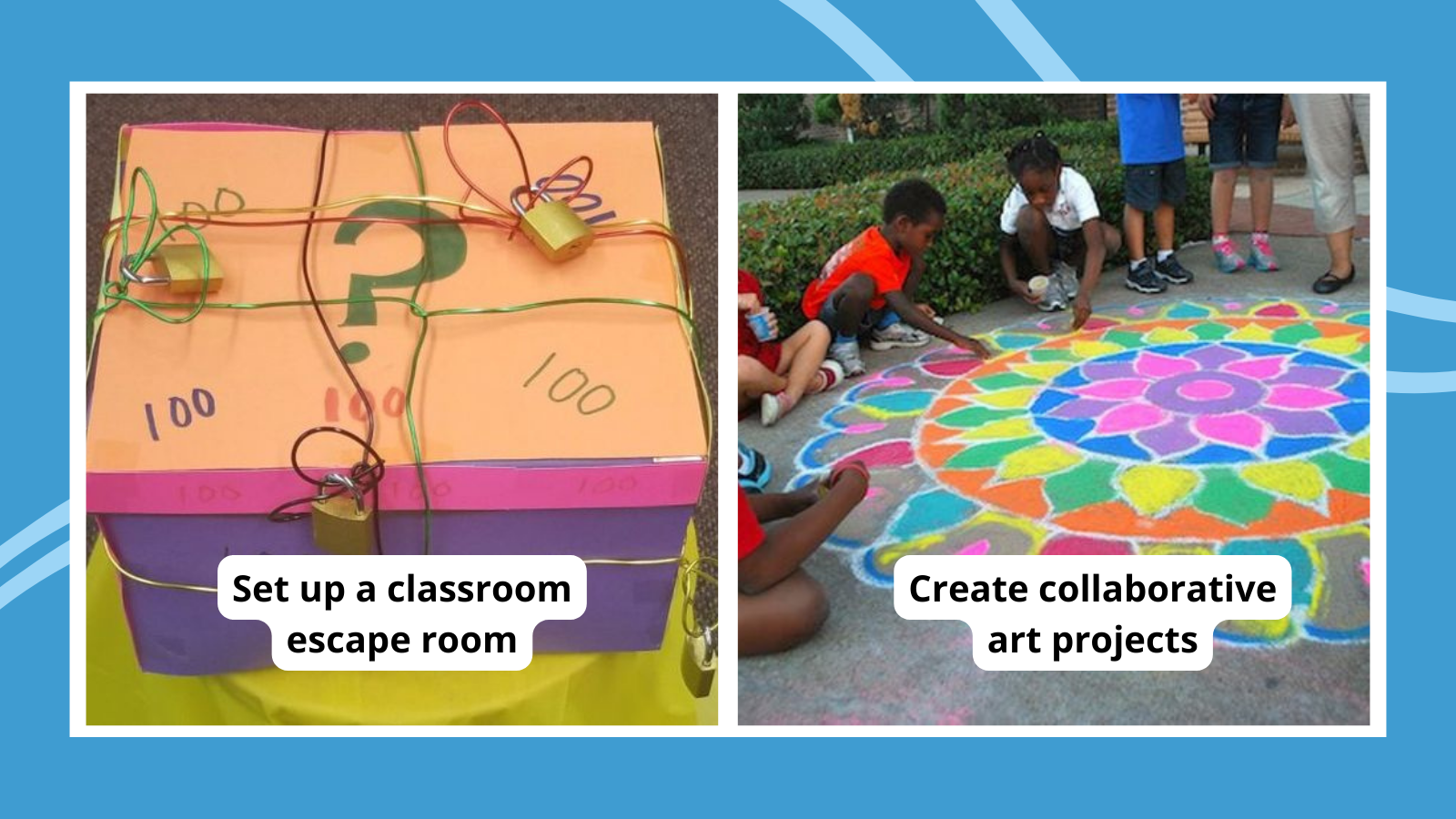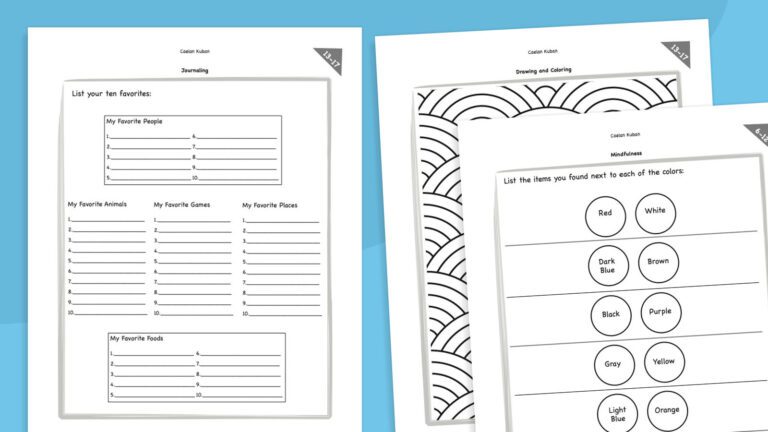Kids have a lot to learn, in and out of school. In addition to knowledge and skills in areas like reading, writing, science, and math, students need social-emotional learning (SEL) too. SEL teaches soft skills like communication, self-awareness, regulating emotions, and more. Some schools use a set SEL curriculum, but there are lots of easy ways to include social-emotional learning activities in your everyday routine. Check out these ideas and try them with your own students.
New to social emotional learning? Start here.
Jump to:
- Self-Awareness and Self-Management SEL Activities
- Social Awareness and Relationship Skills SEL Activities
- Responsible Decision-Making SEL Activities
Self-Awareness and Self-Management SEL Activities
These social-emotional learning activities help kids recognize their own emotions, thoughts, and values. They also teach skills like impulse control, self-discipline, and handling stress and anxiety.
Put up an emotions bulletin board
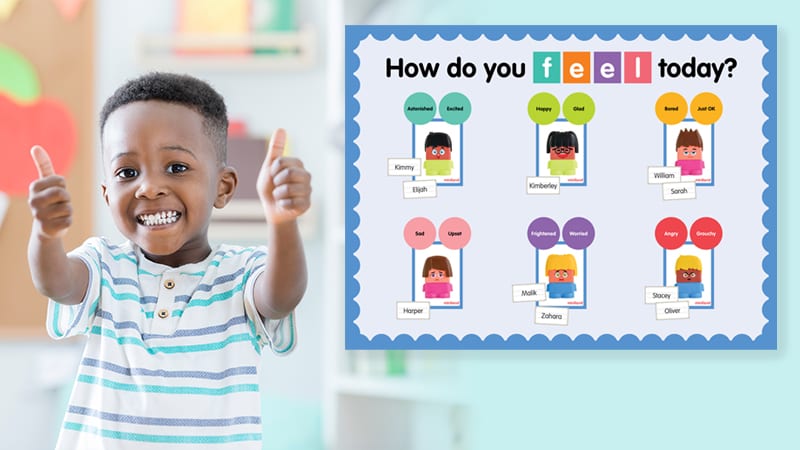
Little kids have big feels, and they need to learn the words to match their emotions. That’s where this free bulletin board kit comes in! Use it to talk about the emotions kids experience throughout the day, teaching them to name how they’re feeling. Get your free printable emotions bulletin board kit here.
Set up a calm-down corner

These have become really popular in elementary school classrooms, but older kids and teens can also benefit from a safe space to sit apart and get their emotions and behavior in check. Learn how to create your own classroom calm-down corner here. No space for a whole corner? Try putting together a calm-down kit instead.
Use transition times for mental and emotional health check-ins

School kids spend a lot of time getting from one activity to the next. Elementary kids line up and follow each other to their next class or special, while middle and high school kids change classes every hour or so. Teachers can use these times to offer an anxiety buster (like doing a yoga pose while transitioning from seat work to lunch time), or reaching out to students who seem to need a friend that day. See more ways to use transition times for SEL activities here.
Introduce the Zones of Regulation
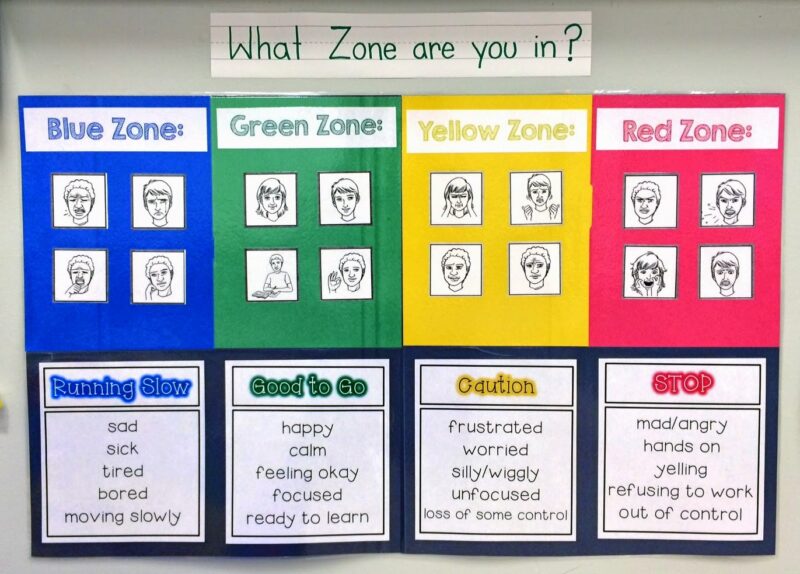
The Zones of Regulation were developed by Leah Kuypers, an OT and autism resource specialist, to help kids understand and learn to manage their emotions. Rooted in cognitive behavioral therapy, it’s a framework that uses four colors—blue, green, yellow, and red—to help students identify their feelings and levels of alertness. Once they identify what zone they’re currently in, they can use various social-emotional learning activities to move into a better, calmer zone. Here are some terrific Zones of Regulation activities to try with your students.
Create calm-down jars
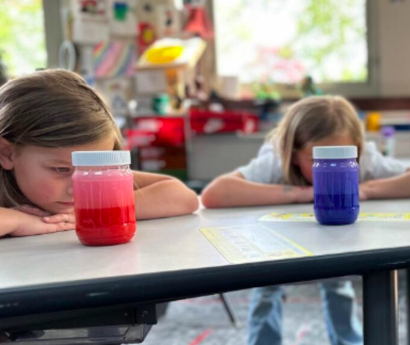
This is one of our favorite social-emotional learning activities because it’s also a craft project and STEM experience! Learn how to make calm-down jars and get ideas for using them here.
Try calming mind-body exercise worksheets

All students can benefit from activities like mindful breathing and visualization, giving them ways to calm their minds and regulate their emotions. Find some helpful free worksheets adapted from Starr Commonwealth to get kids started here.
Give out alternative progress reports

We love the idea of giving kids and their families feedback on their SEL skill development! An alternative progress report like the one this teacher uses can help kids zero in on their strengths and weaknesses. Find out how it works here.
Include music education in your curriculum
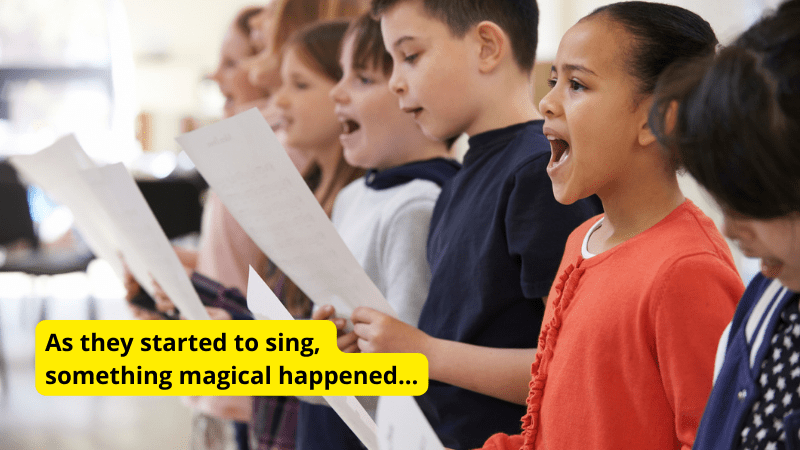
Music education programs are full of social-emotional learning activities. They teach personal awareness, cooperation, and collaboration, along with fostering a sense of personal pride and achievement. Music opens doors to other cultures and helps build self-confidence, while also providing many people with relief from stress and anxiety. If your school doesn’t offer music programs, look for ways to add them to your own daily classroom routines. Learn why music education is more important than ever here.
Write in mindfulness journals
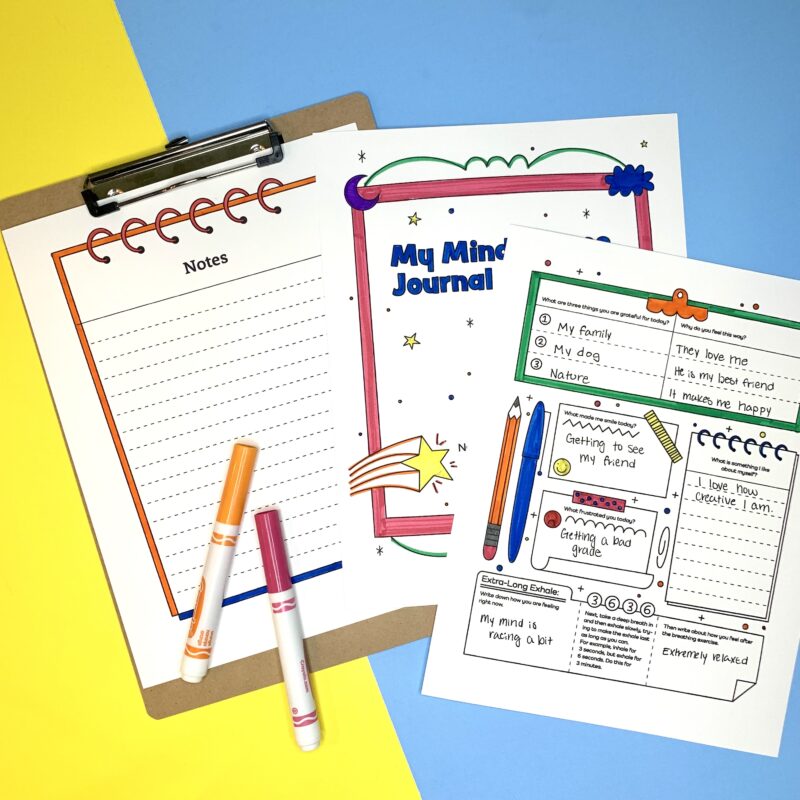
Journaling has so many benefits for kids and adults alike, including helping us deal with stress and anxiety. Any time kids spend writing and reflecting is valuable, but you can make the process even more meaningful with our free Mindfulness Journal kit. It even includes a teachers guide to help you make the most of it! Grab your free Mindfulness Journal kit here.
Build emotional resilience in just one minute
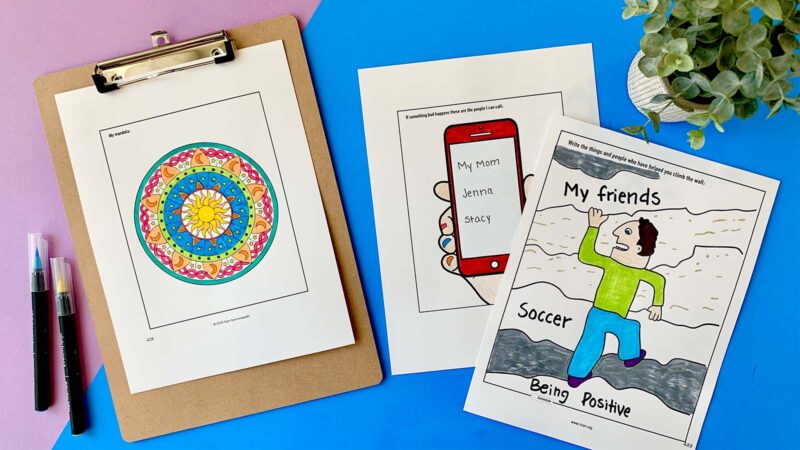
Emotional resilience, a person’s ability to “bounce back” after setbacks, to learn from past failures and be willing to try again, is vital to students’ long-term success. We need to give kids tools to deal with the challenges life will throw at them. Find five simple one-minute SEL activities for building resilience here.
Learn positive self-talk

Our inner voice has a lot of control over how we think, feel, and act. Most of the time, it’s helpful. But sometimes, our inner voice becomes our harshest critic. That’s why we need to teach kids the importance of positive self-talk. Grab our free printable self-talk poster to hang in your classroom, and help students remember that they need to be their own #1 biggest fan.
Cue up GoNoodle
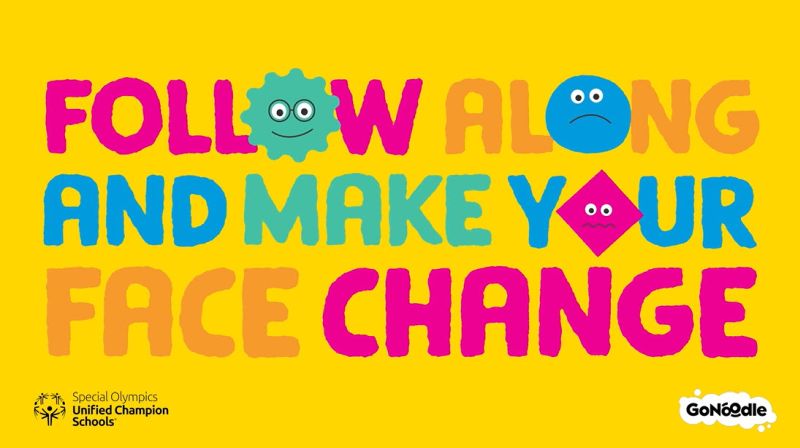
Kids and teachers both adore GoNoodle videos. They’ve got a nice roundup of mindfulness options and brain breaks, perfect for helping kids regulate emotions throughout the school day. See all of our favorite GoNoodle videos here.
Make DIY stress balls

Part classroom craft project, part SEL activity, DIY stress balls are so much fun! We’ve got four different ideas for making them, with easy-to-find materials like balloons or slime. Get the DIY instructions for all of them here.
Welcome a therapy dog into the classroom
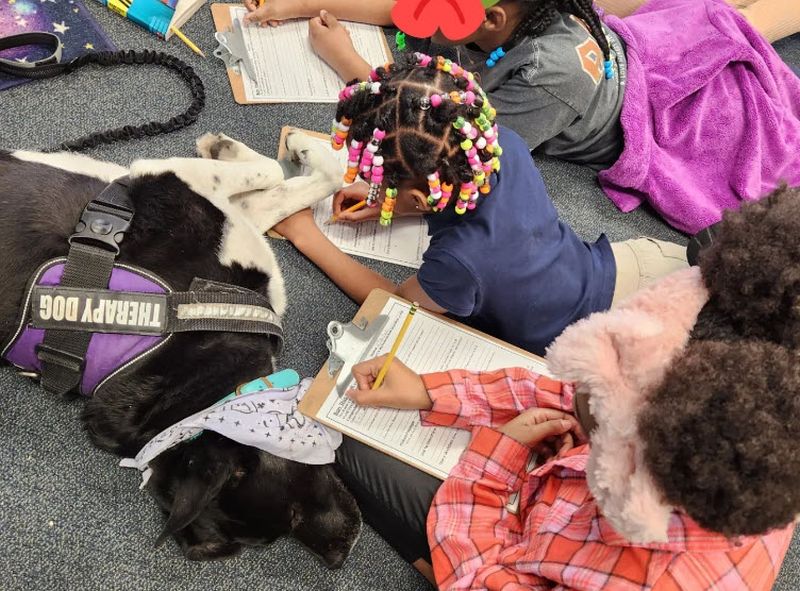
This won’t work in every learning environment, but when it’s a possibility, it can be a real game-changer! According to one study published by the National Institutes of Health (NIH), having a dog present in the classroom promotes a positive mood and provides significant anti-stress effects on the body. Learn more about pet therapy in the classroom here.
Assign classroom jobs
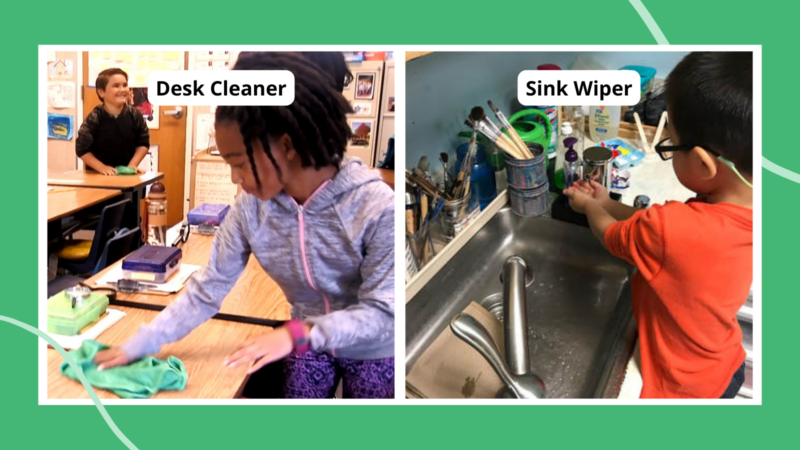
Classroom jobs are standard in most K-5 classrooms, and some of them can work all the way through high school. They’re a good way to make overall classroom management easier on the teacher, but they also help teach kids a sense of responsibility and self-confidence. See our big list of classroom jobs for preK-12 students here. (Feel like keeping track of classroom jobs is too complicated? Try the Star Student system instead!)
Read a mindfulness picture book (at any age)

Picture books aren’t just for toddlers! In fact, middle and high school students often really enjoy a chance to revisit a childhood favorite or discover a new one to share with their younger friends and family members. Many picture books encourage social-emotional learning, so they’re great for starting classroom discussions from kindergarten to senior year. See our favorite mindfulness picture books for any age here.
Use an app to manage stress and anxiety
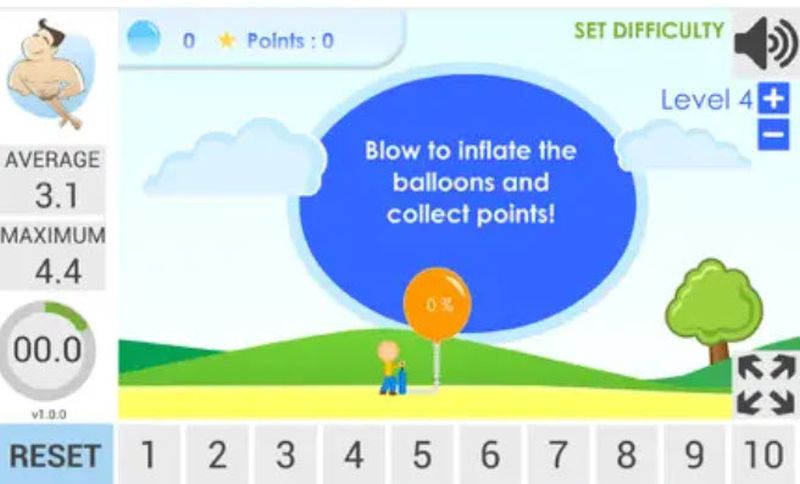
For younger kids, install apps like Balloon Breathing or Positive Penguins on classroom tablets. If your students are old enough to have their own phones and devices, introduce them to popular apps like Calm and Headspace. Find a roundup of the best apps to combat stress and anxiety for kids, teens, and adults here.
Share daily affirmations
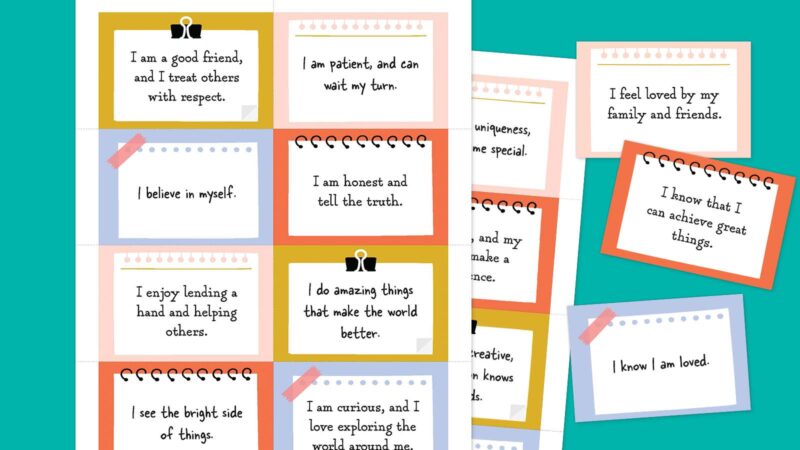
Positive affirmations for kids serve as powerful tools to instill confidence, resilience, and joy in their hearts. If you’re looking for ways to make a significant impact on the development of the children around you, our free collection of uplifting, printable affirmation cards is a great place to start. Snag your free set here.
Set and track actionable goals

Setting goals is a vital skill, one that keeps us organized, ambitious, and on-track. But this isn’t a skill that comes naturally. We have to teach students how to set meaningful, reasonable targets, and then give them the tools to track their progress. Try resources like our free Back-to-School Goal Setting page or Goal Tracking and Stamina worksheets to help kids with these important social-emotional learning activities.
Track important habits
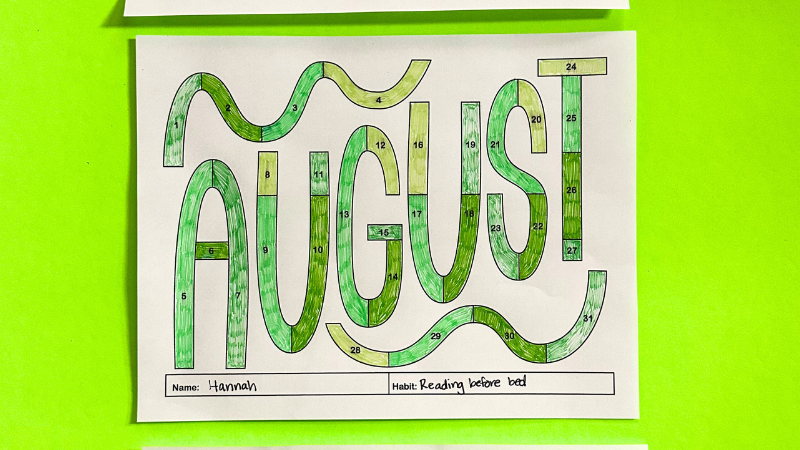
Getting into the groove of a new habit takes persistence, an important SEL skill. Many people use habit trackers to stay on target, marking down their progress each day. Habit trackers are a terrific tool for kids, so we’ve created a whole year’s worth of fun trackers for them to use. Get the free printable set here to share with your class.
Social Awareness and Relationship Skills SEL Activities
Use these social-emotional learning activities to develop a sense of empathy, compassion, and social justice. Activities like these also help kids relate to one another, communicating effectively and learning healthy ways to resolve conflict.
Break the ice

Icebreakers are great for the first day of school, but you can actually incorporate them all year long. Use them when you form new project groups, or when you change the seating around in your room. They’ll help kids meet new people and form unexpected friendships. Try these 200 fun icebreaker questions for kids and teens.
Hang kindness posters
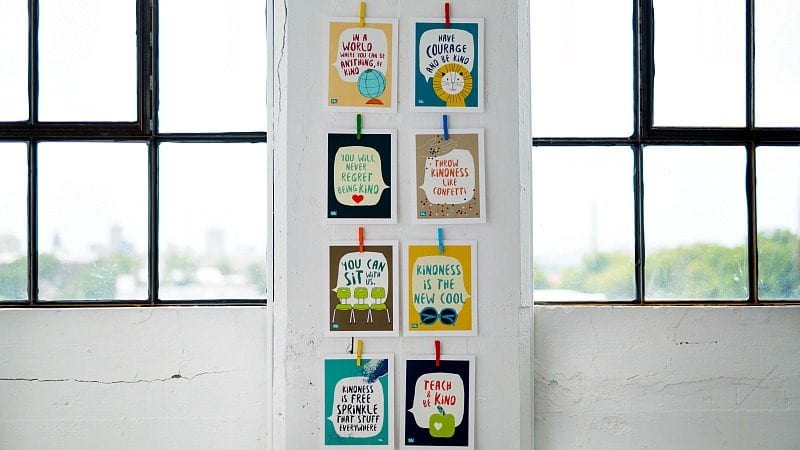
This free set of printable kindness posters helps spread important messages. When you first put them up, take time to discuss them with your students. Ask them for examples of what kindness looks like, and encourage them to share stories of a time when their kindness made a difference. Get the full free printable set of posters here.
Be an upstander

Upstanders reach out to others, especially those who seem like they might be hurting or struggling. Teach kids about the concept, and hang these free printable upstander posters in your classroom. The tear tags offer specific social-emotional learning activities kids can try to help their peers. Get the posters here.
Recognize your students’ diversity
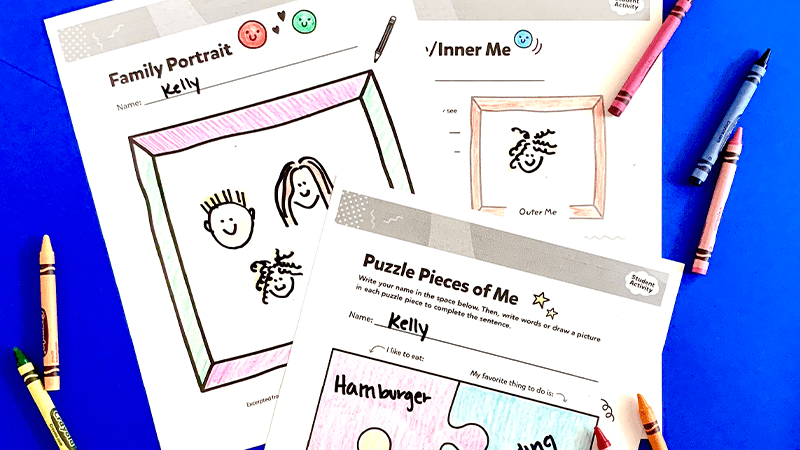
It’s so important for kids to start recognizing the wide variety of cultures in their community and around the world as soon as possible. This set of free worksheets has options for grades K-5, and offers ways to learn more about each student’s family, background, and experiences. Use them in the first week of school, or any time you want to help your students make a deeper connection with one another.
Stress the importance of names
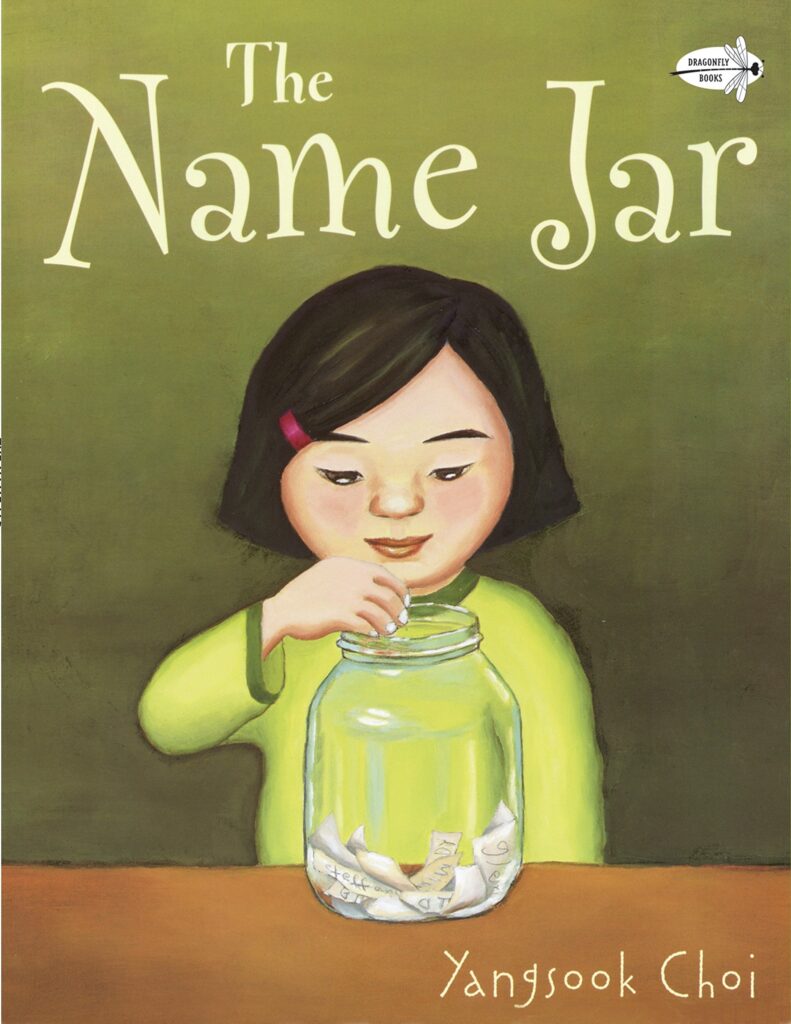
Our names are closely tied to our personal identity, and they often represent a lot about our own culture and background. When a teacher refuses to call a student by their preferred name, or makes up a nickname for a name they have trouble pronouncing, this sends the wrong message to students about acceptance and diversity. As a teacher, learn and correctly pronounce your students’ preferred names, and help your students do the same for their peers. Celebrate the importance of names by sharing this roundup of books with kids.
Fill a bucket

Is your class familiar with the concept of bucket fillers and bucket dippers? Start by reading the sweet SEL book Have You Filled a Bucket Today? Then, use bucket-filling activities in your classroom from our huge list of ideas here.
Learn what healthy friendship looks like

Kids learn a lot about making friends on their own through trial and error, and that’s good. But somewhere in the middle school years, it’s a good idea to check in with them and help them recalibrate any misconceptions they have about healthy relationships. Use our free Healthy Friendships Guide to cover this important SEL topic with your students.
Watch friendship videos …
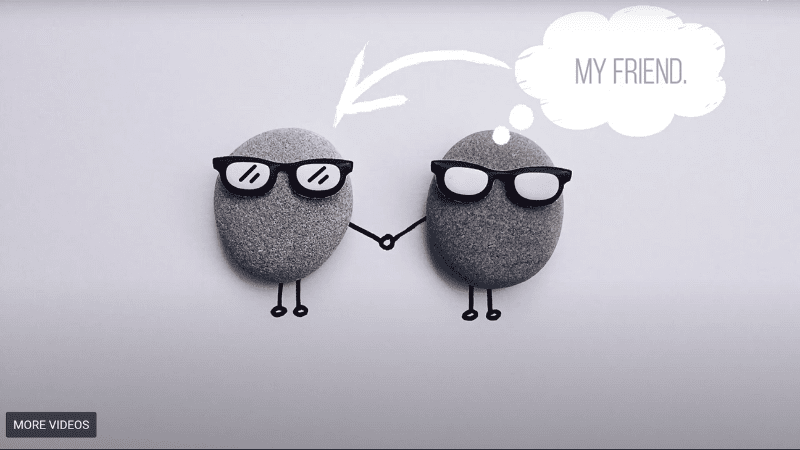
Everyone can use a reminder about how to make and keep friends. We especially love videos that put an emphasis on celebrating kindness and valuing our differences. Check out our big roundup of friendship videos for all ages, perfect for jump-starting conversations with your students.
… and anti-bullying videos

Bullying is an incredibly tough topic to tackle in the classroom. But the more we talk about it, the better our chances of making things safer for all kids. Try our list of anti-bullying videos to start conversations and encourage kids to respect one another and themselves.
Discuss and write about empathy

Empathy can be a challenging concept to teach, but the more you give kids a chance to recognize and practice it, the better they’ll get. Use our list of 30+ empathy prompts to kick-start classroom conversations, or as daily journaling prompts to get kids thinking. Get the full list of prompts here, along with a free slideshow you can use in your classroom.
Use Band-Aids to learn about fairness

Tired of hearing kids whine, “But that’s not fair!”? You’ll want to try Aimee Scott’s fairness lesson with your class. Her quick and simple exercise helps kids understand that fairness doesn’t mean everyone gets the same thing—it means everyone gets what they need to be successful. Learn how the Band-Aid lesson works here.
Take the 30 Days of Service Challenge
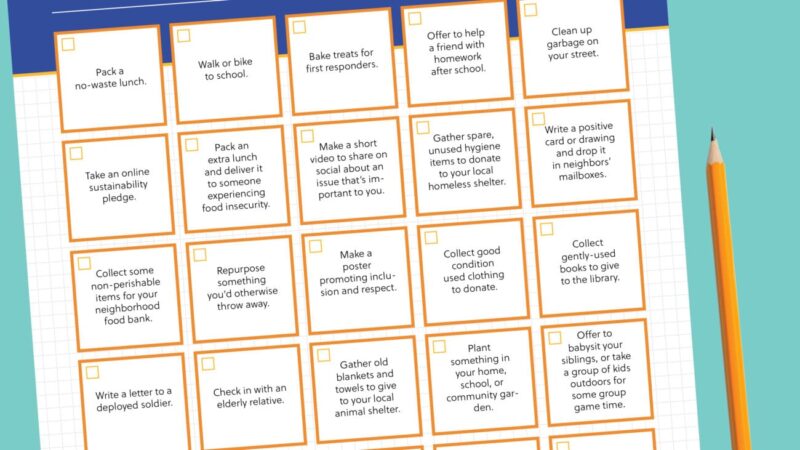
Demonstrate the value of helping others with this challenge, which asks kids to do one act of service for someone else each day. Use our checklist for concrete suggestions for specific acts kids can try, and encourage them to check off one block every day for a month. Grab the free printable 30 Days of Service Challenge checklist here.
Play a cooperative game

Kids get plenty of exposure to healthy (and unhealthy) competition, so use classroom time to shift the focus to cooperation instead. Cooperative games encourage kids to communicate, collaborate, and problem-solve together. Here’s a big roundup of some of our favorites, with options for all ages and abilities.
Print some free and easy kindness worksheets

Sometimes you just need some simple activities you can print and use, without any additional prep. That’s why teachers will love this collection of free printable worksheets that teach kindness to elementary kids. Find poems, coloring pages, writing activities, and more. Get the whole collection here.
Create collaborative art
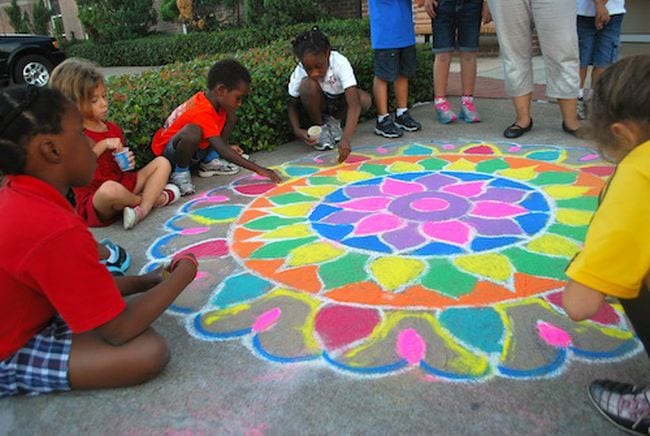
Art is about expressing your individuality, but you can also make something pretty incredible when people pool their talents. Murals, hallway and bathroom displays, kindness rock gardens, and other art projects bring students together to bond over creativity and artistic vision. Find dozens of unique collaborative art projects for kids in pre-K through high school here.
Thank school support staff
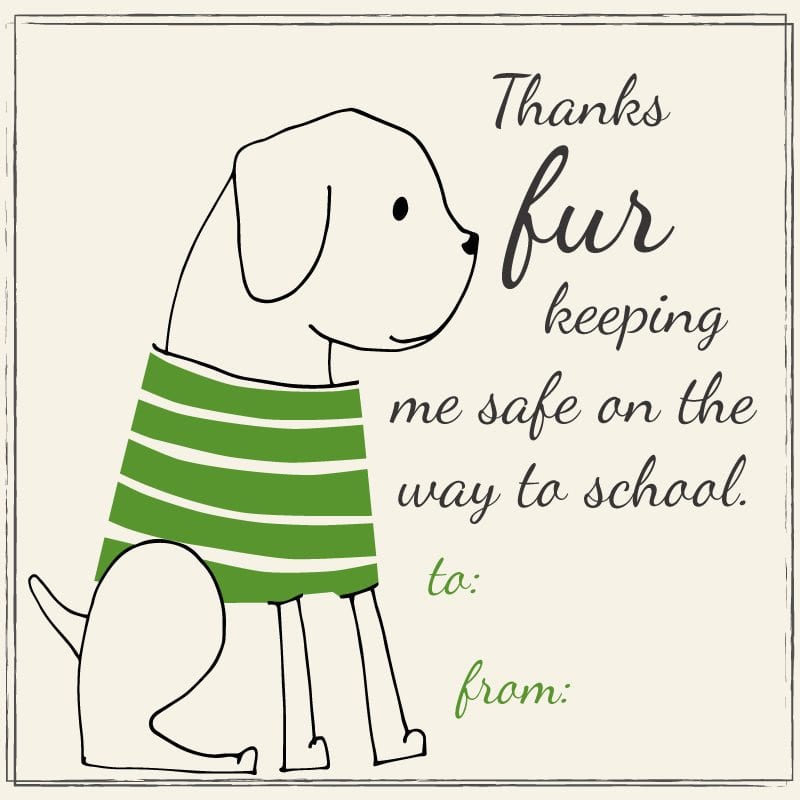
Showing sincere appreciation and gratitude is a social skill that kids can start to develop at a young age. One nice way to practice is writing thank-you notes to support staff at your school, like custodians, librarians, and more. Make this one easy by having kids write a personal message on these free printable thank-you cards.
Conduct a debate
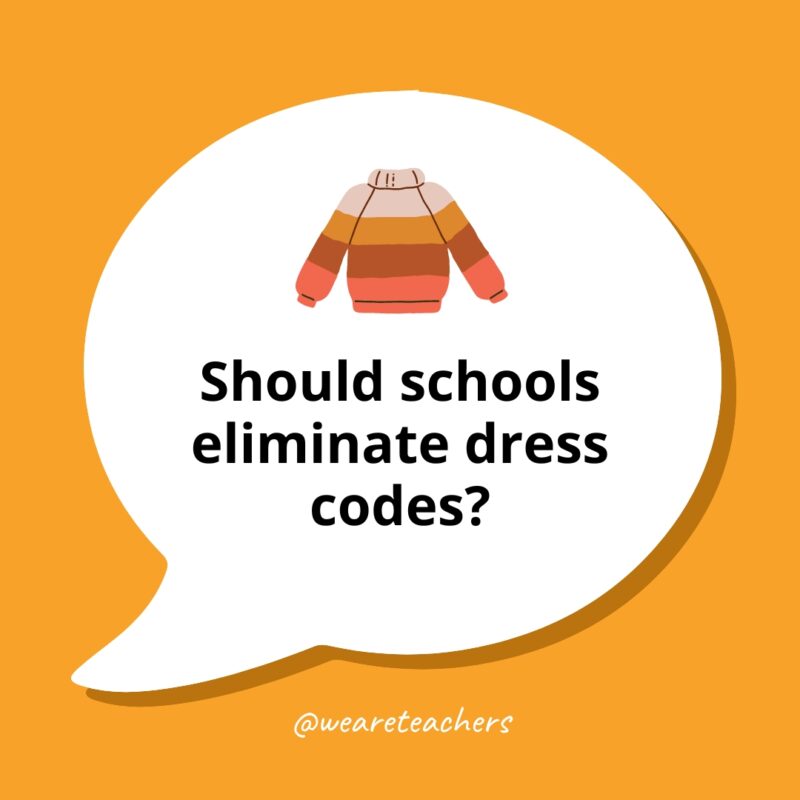
Debates teach students to respectfully disagree and also support their own opinions with real facts. Start with funny debate topics like the ones found here, then move on to more serious concepts with these middle school debate topics and high school debate topics. To really encourage respect and constructive discussions, try these controversial debate topics with your classes.
Engage in fishbowl discussions

Encourage active listening and communication skills with this classroom idea. After taking some time to think about a topic, a small group of students discusses the issue while other students watch and take notes. After a time, the teacher opens the discussion to the entire group, using notes they made while they watched the small-group discussion. Learn more about the fishbowl discussion method here.
Post a sticky-note whiteboard question

Teacher Erin Castillo popularized this concept on her Instagram account, and now teachers everywhere use this idea. We love it as a unique way to take attendance or as a bell ringer/entry activity. All you do is post a question on your whiteboard, and ask students to respond (anonymously or with names attached) using sticky notes. You can use “Would You Rather” questions, or try these SEL prompts to really get students thinking and sharing.
Do some team-building activities

Some people love teamwork, while others would much rather work on their own. But everyone needs to develop the right skills to work as part of a team. One fun way to encourage kids to focus on cooperation, communication, and collaboration is to try a team-building activity. This big roundup includes ideas for all ages and abilities.
Responsible Decision-Making SEL Activities
Teach important skills like critical thinking and ethics with these social-emotional learning activities. Help students separate fact from opinion, and consider the impacts of their decisions on others.
Play board games
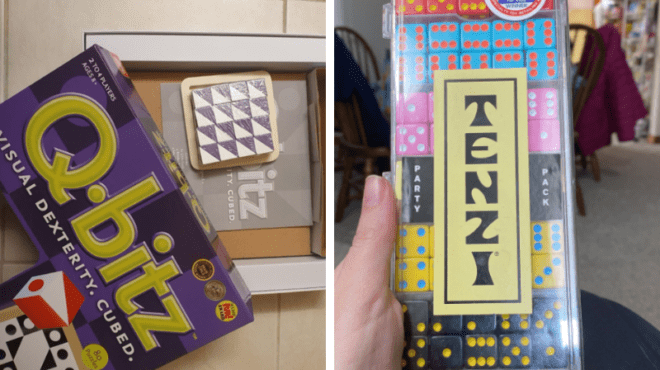
Whether kids are playing to win or working together to achieve a common goal, board games teach lots of decision-making skills. Players have to analyze information, consider their options, and imagine the impacts of their moves on themselves and others. Check out some of our favorite classroom board games here.
Ask philosophical questions

One of the most incredible ways to encourage critical thinking and self-exploration is to ask kids thought-provoking questions. Hearing the responses and exchanging ideas can really expand our perspectives and leave us with important food for thought. Find a list of 125 philosophical questions for kids and teens here.
Explore financial literacy with Dollars & Decisions
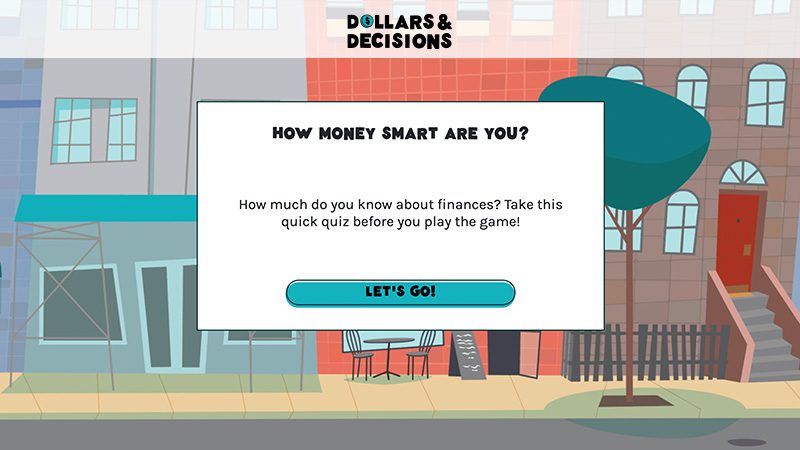
Dollars & Decisions is a free “Choose Your Own Adventure”–style interactive course designed to introduce basic financial literacy to students in grades 8-12. It can help them make smart money decisions, now and in the future. Learn more about the program and get the free teacher guide here.
Get a classroom pet

Want to teach kids about responsibility in an incredibly meaningful way? A class pet could be the answer! When kids work together to care for a hamster, goldfish, lizard, or tarantula(!), they have to make responsible choices about what’s best for the animal. Sure, it’s a challenge for the adults involved, but the benefits can really add up. See a teacher-approved list of the best classroom pets here.
Set up an escape room
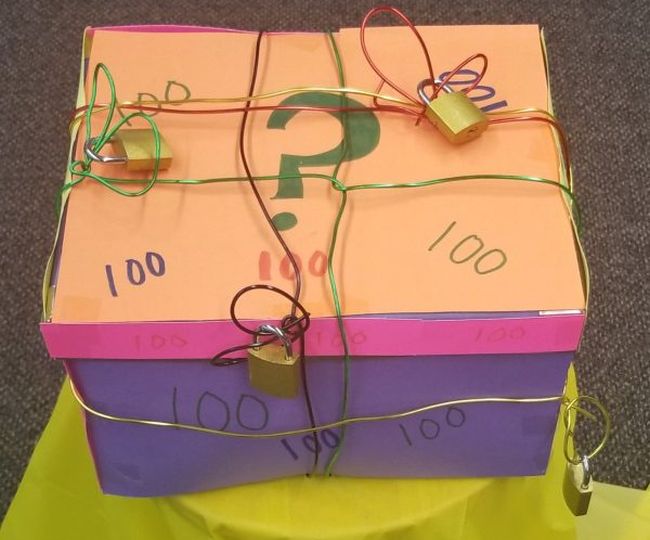
Students love the interactivity of an escape room, where they have to work together to solve a series of problems before their time is up. Escape rooms encourage a lot of responsible decision-making skills, both individually and as a group. Learn how to set up your own classroom escape room here, or check out this roundup of escape room games.
Use Choice Boards

If we want kids to make smart decisions, we’ve got to give them the chance to make choices on their own. One way to do this in the classroom is Choice Boards. These interactive tools give kids several options to choose from on an assignment. They can evaluate the possibilities, and choose the one that seems right to them. Find out how to use Choice Boards with your students here.
Explore safe choices
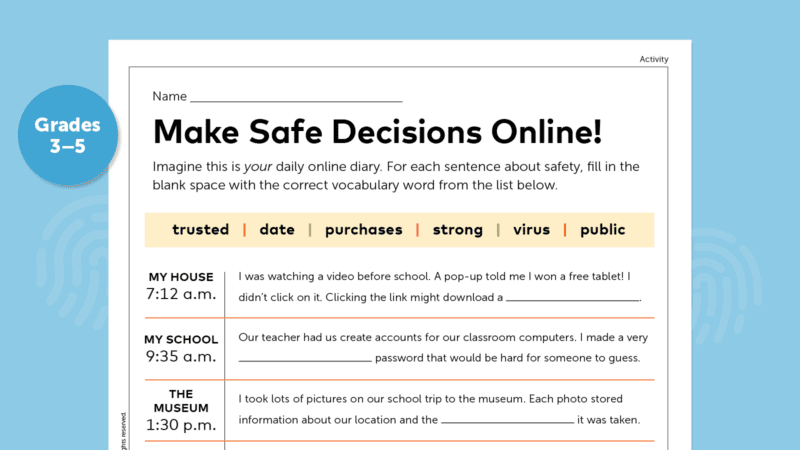
Let’s face it: Kids and teens aren’t necessarily focusing much on safety—their own or anyone else’s. So it’s important for the adults in their lives to help them learn why safe choices matter, and what they look like to begin with. We’ve got resources for talking to students about prescription drug safety, internet safety, bike safety, underage drinking, and inclusive sex ed.
Play Dungeons & Dragons
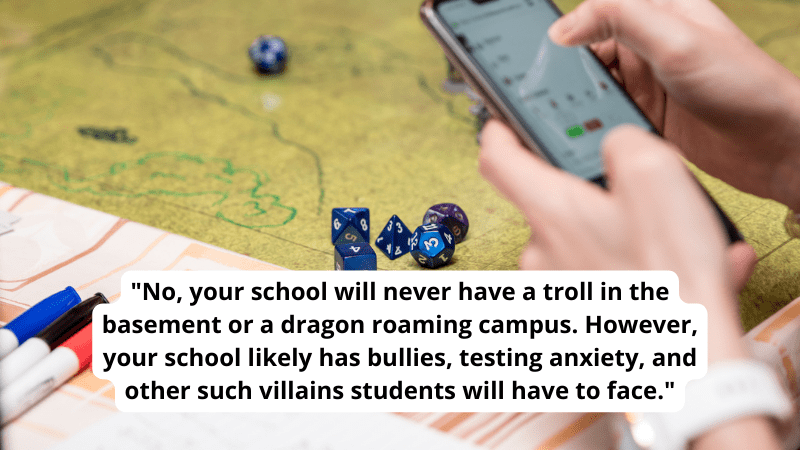
Dungeons & Dragons (D&D) can be a fantastic classroom game, and it encompasses a wide range of social-emotional learning activities. Players need to work together, know their own strengths and weaknesses, make smart choices, and so much more. Learn how teachers are using D&D to teach SEL skills here.
Talk about tough topics

School shootings, racially motivated violence, abortion, gun control—these are topics most teachers tend to shy away from in the classroom. The thing is, kids need a safe place to talk about these issues. They need adults who will help them sort out their thinking and separate fact from opinion. Students need to learn to respectfully disagree with one another and how to have constructive conversations that may lead to compromise. Discover why it’s so important to address controversial topics in the classroom here.
Read the news as a class
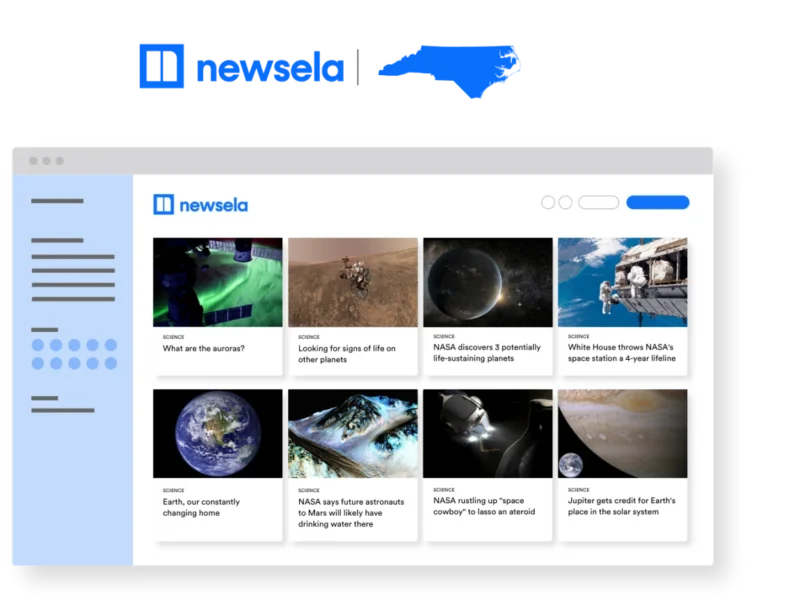
If you’re going to make smart decisions, you need to be informed. But many kids only learn about the news and current events from single news sources, usually whatever’s playing on their TV at home. Show students how to find a variety of sources to learn about current events. Teach them to think critically and evaluate articles to separate provable facts from opinion. Many teachers love using Newsela, since the articles can be differentiated for different reading levels. Learn more about ways to use Newsela to teach critical thinking here.
What are your current go-to social-emotional learning activities? Come share your ideas and ask for advice in the We Are Teachers HELPLINE group on Facebook.
Plus, 120+ Morning Meeting Questions To Start the Day Off Right.

